I get asked a lot of questions about course pricing, what should I charge for my courses, should I price it high, low, should it be $99, $297, $497, $999, $2997, $4997? Honestly there is no single right answer on what you should charge for your course. OK maybe there is one answer that applies to all situations. You are probably undercharging for your courses.
It’s Not Just About Price.
The thing about pricing is that everyone thinks what they charge for their courses is the only factor involved in whether someone buys your course or not, it’s not – the decision to buy is based on a whole list of things, and the top of that list is trust. If someone says your course is too expensive at $1997 then they simply don’t know enough about the value you’re offering, and you’ve probably done a poor job of marketing that value.
The key thing to focus on when marketing your courses is offering a massive amount of value and making the potential purchaser aware of how the course can transform their lives.
Once you start ramping up the value, you’ll find your courses look massively underpriced. If you’re charging $99 or less for your course right now, go back and review your landing pages, take a look again at your courses, write down all the ways in which your course can change someone’s life, add a testimonial or case study video, maybe create a couple of bonuses in your course, a checklist, a tool, a comprehensive list of resources. Then revisit your pricing and double it.
Don’t Compete Purely On Price
Never compete in your market on price, it’s a race to the bottom and the simple fact is that it’ll be easier to sustain yourself in your course business if you’re selling courses at a higher price, the better you fund your business the better you’ll be able to serve your learners in the future. If you want one reason to increase your prices, how about hiring a freelancer to handle your support enquiries and lessen your admin load so you can focus more on course creation and nurturing your student community. You can only hire a freelancer if you’re increasing your revenue, and charging low prices isn’t going to help you with that.
If you are still wary of increasing prices and not sure if people can afford your courses, how about testing out total sale value price points with your audience. If you have a series of related short courses, maybe you can create bundles at various price points. Perhaps you could sell a single course for $499, then give a discount for bundling 3 courses together, perhaps you could give $100 off each course for this package and sell a package of 3 for $399 each – that’s 20% off and a total bundle price of $1197, you could scale that up and sell a bundle of 10 courses for $249 a course when purchased together, – that’s 50% off and a total sale value of $2499. Once you start selling your courses for more and you see those figures begin to add up, you’ll start to have the belief in yourself that your courses prices do indeed need increasing.
Charge At The Higher End Of Your Market
You should always be charging a the higher end of your market, and yes someone is probably going to pay more for a course that teaches them how to pass an exam to become a lawyer than they are a course to learn how to help beginner gardeners start growing my own vegetable patch successfully, they’re totally different markets with completely different financial personalities, however both courses will create a transformation in the lives of the learners that take those courses, and both will likely provide massive value. So in each of their respective markets they should be charging with authority.
Start thinking about what you’re really worth. When constructing the marketing for your course, don’t focus on price, focus on value, more value = higher prices = more income to your business.
What things do you struggle with when pricing your courses? Got a question let us know!




